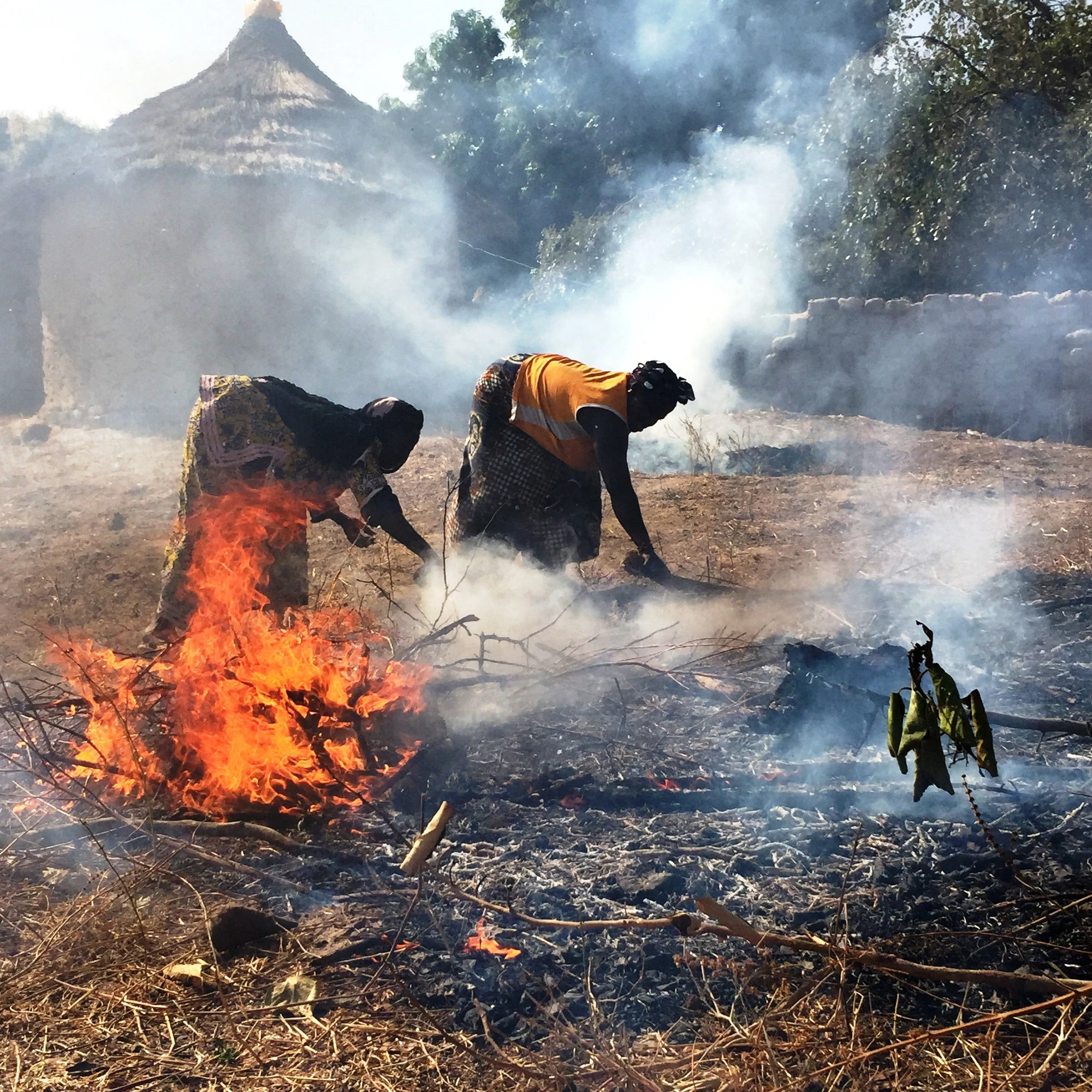
Many parts of the development community have long embraced the following narrative: When nations are young and poor, they are willing to sacrifice natural resources—dirtying their water and their air—to promote economic growth and meet their population’s basic needs. Then, once these nations achieve a certain level of wealth, they become less concerned with accumulating material goods and more concerned with quality-of-life issues, and only at that point are they willing to spend money—or sacrifice growth—for benefits like clean air.
However, a recent resolution by the World Health Organization's (WHO) governing body shows that this narrative is beginning to change.
For years, air quality policy has been regarded as purely an environmental issue and has been siloed, across the world, within environment ministries. For this reason, the WHO, whose member organizations are largely health ministries, has not publicly debated the issue of poor air quality. However, during the General Assembly meeting in Geneva this past May, the WHO passed a resolution that, for the first time, recognized the health impacts of air pollution—7 million deaths each year—and urged its members to implement interventions to improve indoor and outdoor air quality.
This WHO action symbolizes a radical shift in the narrative surrounding air quality management: With the focus on health impacts, policy makers are moving away from clean air as a luxury and embracing the idea that clean air is a necessary part of poverty reduction and economic growth. There is growing realization among policy makers that issues of air quality management are not merely aesthetic. Rather, air quality management is about mothers cut down in the prime of their lives because of years spent inhaling the vapors from solid-fuel cooking fires.
Air quality management is also about children who miss school, ending up illiterate or poorly educated, because of chronic respiratory ailments caused by ancient, inefficient diesel trucks and rickshaws. Furthermore, air quality management is about the tens of billions of dollars lost every year due to illness and death attributable to the inhalation of particulate matter.
The World Bank has conducted studies that show how severe these impacts really are. In Pakistan, outdoor air pollution kills more than 22,600 people and causes more than 5 million cases of respiratory illnesses in young children every year. More than 9,000 of those deaths occur in the Pakistani province of Sindh, where household air pollution results in an additional 6,000 premature deaths annually.
Air pollution is also severe in other regions. For example, in Peru, outdoor and household air pollution together result in close to 12,000 premature deaths and more than 90 million days of illness annually. In addition to causing pain and suffering, these illnesses have huge economic costs that range from 1.1% of GDP in Argentina, to 2.5% in Peru, and 2.6% in Sindh. Using a different methodology, Mexico’s statistics agency, INEGI, estimates that the cost of air pollution in that country is equal to 3.4% of GDP.
Once the consequences for human health and economic productivity are considered, air quality is no longer something that can be sacrificed in pursuit of growth. Instead, air quality is then seen for what it really is: a significant component of public health interventions needed to create a healthy and productive workforce.
The challenge for the World Bank is to carry this changed narrative through to our client nations. With a few exceptions, air quality management throughout the developing world has been delegated to weak or underfunded environment ministries lacking the power to mandate the broad-based changes required to adequately combat air pollution. These changes are primarily the introduction of new cookstoves and the creation of a vehicle monitoring and inspection system in order to phase out obsolete engines.
In the few cases—Mexico City, Santiago, Bangkok—demonstrating effective action on air pollution, the driver has usually been a powerful and committed municipal government willing and able to enact cross-sectoral reforms. Meanwhile, comparatively better funded health ministries have carried out sanitation and hygiene campaigns that have been highly successful in reducing morbidity and mortality due to environmental risk factors.
The WHO’s May 2015 resolution on air quality poses an intriguing opportunity for the World Bank to open new dialogues with health ministries and other agencies that have traditionally been less receptive to environmental work. In the wake of this resolution, there will be an increased appetite, within these agencies, for clean air programs, and if we can become part of the resulting discussions, then a very real possibility exists that we can convince clients to add clean air to the list of their top development priorities.


Join the Conversation